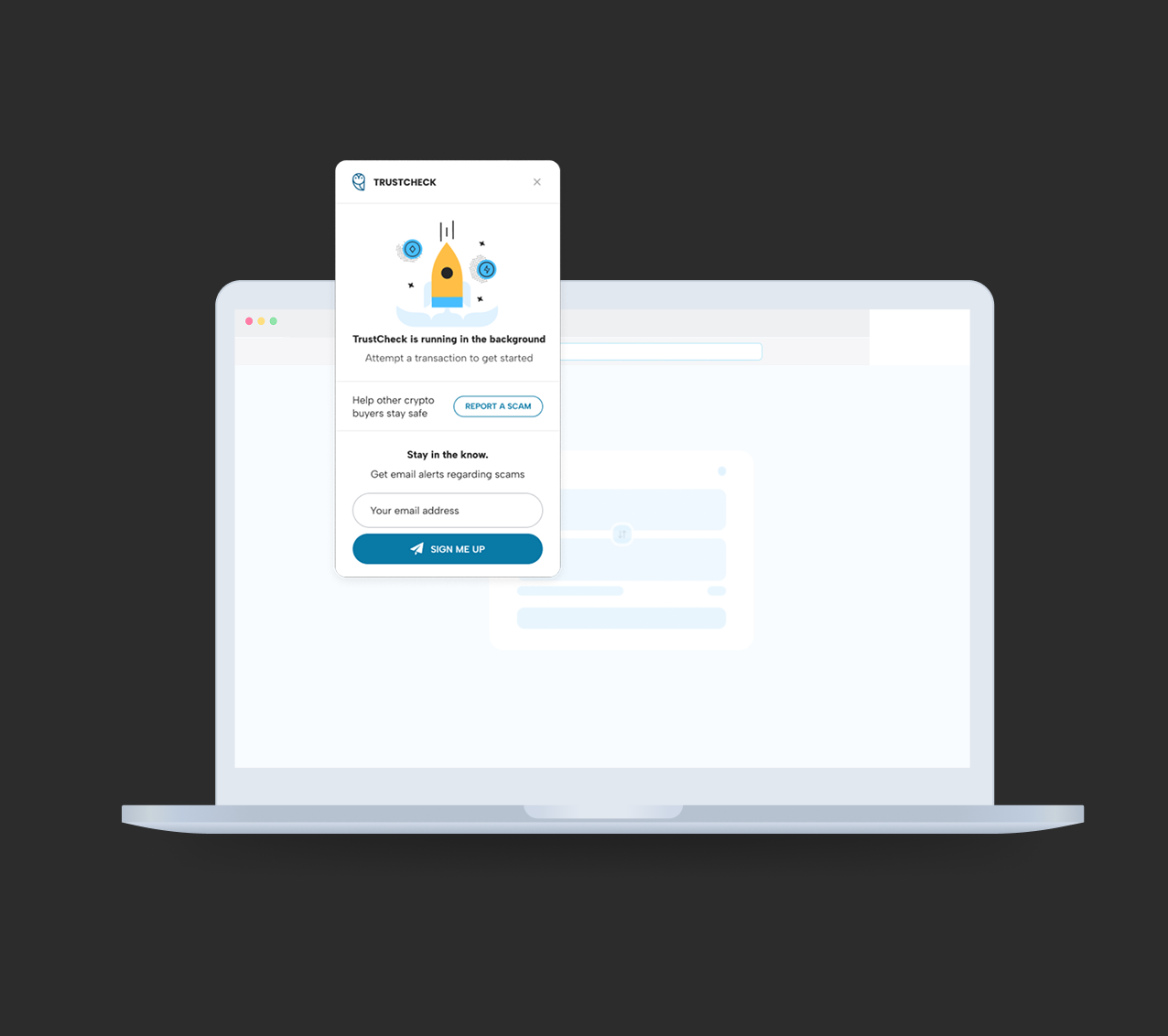Designing trust into an emerging, unregulated space
TRUST CHECK
A browser extension that helps people navigate Web3 safely—flagging scams, risky contracts, and wallet drainers before damage is done.
Designing Safety Into Web3 Interactions
As crypto adoption grew, so did scams. Web3 Builders set out to change that through TrustCheck, a browser extension that flags risky contracts, phishing links, and wallet drainers before users can interact.
The vision: a lightweight, trustworthy layer that protects users during critical Web3 transactions—without adding friction.
I joined as Principal Product Designer during stealth, leading design across extension UI, risk communication, and system patterns for partner integrations.
Developed a modular alert system aligned with severity tiers, behavioral patterns, and recovery actions
Mapped interaction touchpoints to minimize friction across key wallet and signing flows
Translated threat detection logic into intuitive, educational microinteractions
Built the foundation for a scalable design system to support user installs and partner SDK use cases
My Role
Principal Product Designer
Scope
Product Strategy, User Experience, Visual Direction, User Testing, Design Systems
Tools
Figma, FigJam
Making risk legible, not alarming
To support wallet-based transactions involving tokens, coins, and NFTs, I designed inline popups that summarize transaction changes and security signals in real time.
Created modular overlays to surface token swaps, NFT interactions, and contract audit results
Used visual hierarchy and iconography to distinguish safe, risky, and unknown actions
Included expandable sections for users to dive deeper without overwhelming casual users
Balanced transparency with usability—ensuring alerts informed the user, not interrupted them
Designed for flexibility across asset types (e.g. coins vs. NFTs) and variable data states
Designing the alert experience
TrustCheck alerts needed to guide, not startle. I designed a flexible overlay system that felt native to the transaction flow—summarizing risk clearly without breaking the task.
Each alert included:
Inline context (e.g. “You are giving approval to withdraw all NFTs”)
Scannable trust checks like audit status and safe function use
Expandable details for deeper learning without crowding the UI
Calm visual patterns—severity tiers, risk icons, and color logic
Clear actions like “Stop” or “Proceed” to support user control
The result: a system that helped users make safer decisions without friction or fear.
Building a system for trust
Created a scalable component library from the ground up—defining severity tiers and their corresponding color logic (with accessibility contrast checks), establishing typographic hierarchy for alerts and contract details, and designing icons and illustrations to support educational moments.
Working in parallel with technical infrastructure
We were designing the UI alongside backend machine learning models and static code analysis, which meant navigating technical uncertainty while shaping product direction. I structured the work in parallel paths: defining a visual framework for risk severity, building a modular messaging system to support new signal types, and mapping the right moments to surface alerts without interrupting wallet flows.
Designing for trust in Web3 wasn’t about throwing red flags everywhere—it was about guiding people without fear, helping them understand the moment they’re in, and building clarity into every choice.
This wasn’t a flashy launch—it was foundational work that turned a technical proof of concept into something people could actually use.
Reflection
6
Interaction surfaces designed across TrustCheck and partner integrations
3
Severity tiers mapped to visual and behavioral patterns
$7M
Seed funding raised following launch, validating early design and product direction across user and platform use cases




